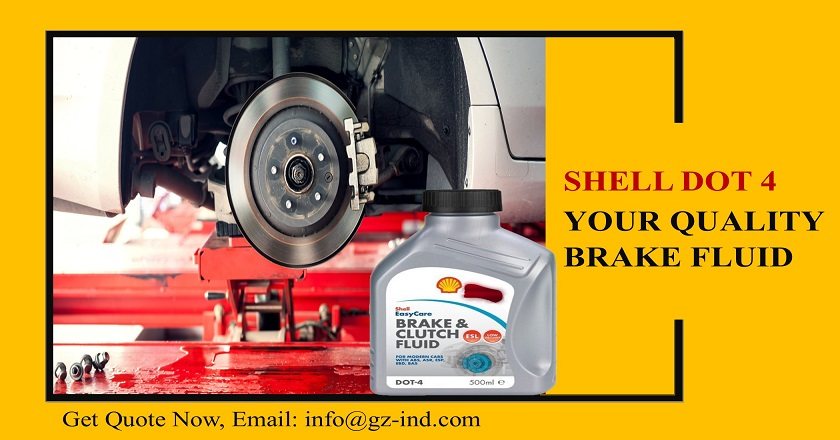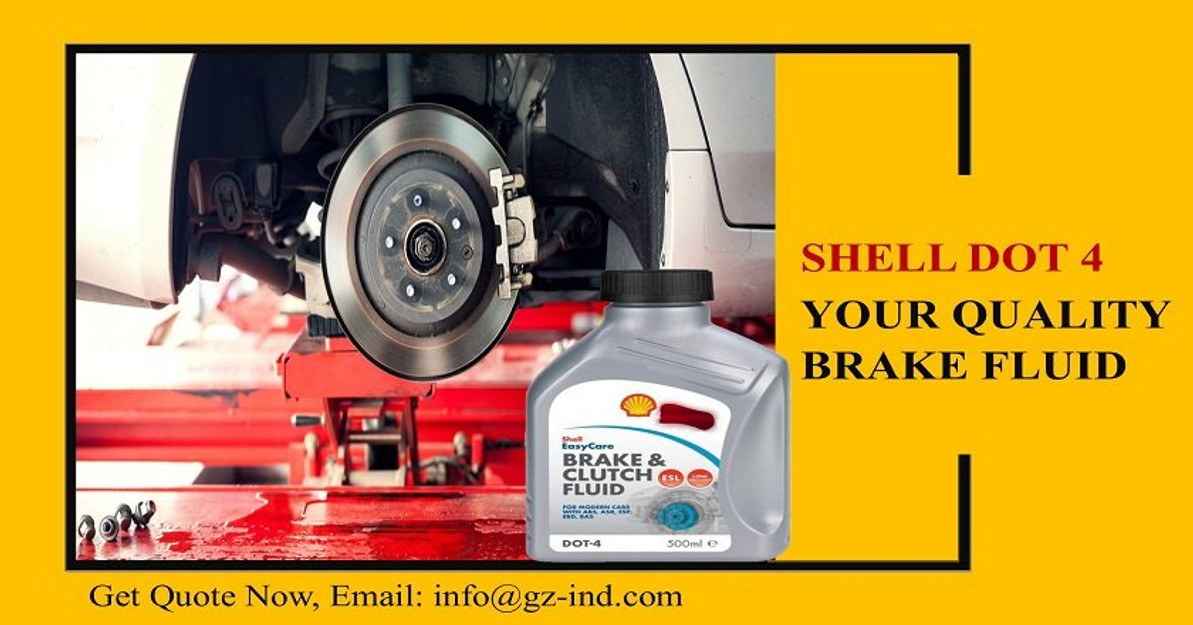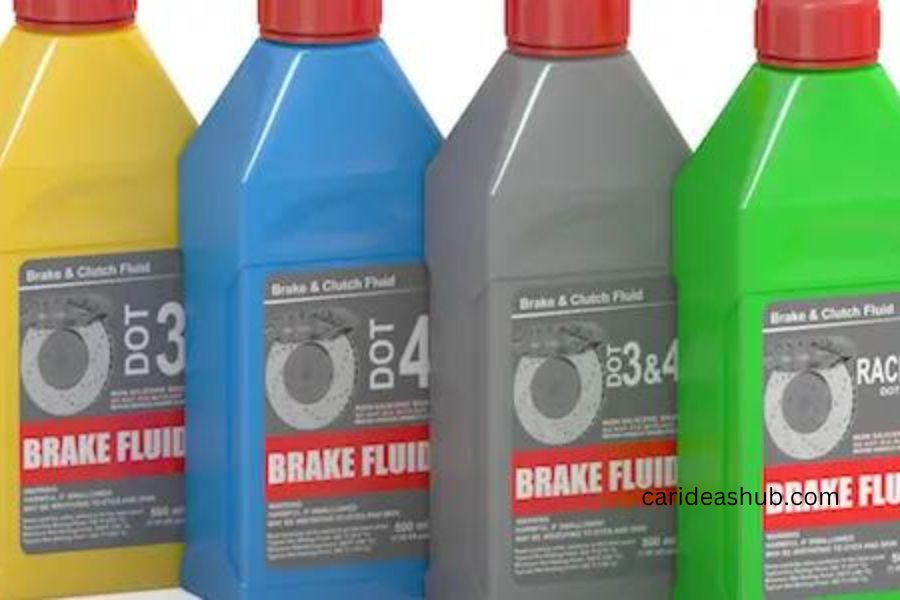Dot 4 and Dot 5.1 are both brake fluids, but they differ in their chemical composition and boiling points. Dot 4 is glycol-based with a higher boiling point, Dot 4 Vs Dot 5.1 while Dot 5.1 is also glycol-based but with a higher boiling point and improved performance in extreme conditions.
Dot 5. 1 is compatible with the existing brake systems that use Dot 3 and Dot 4 fluids, whereas Dot 5 is silicone-based and should not be mixed with other types of brake fluids. Brake fluids are an essential component in vehicles’ braking systems, ensuring reliable and efficient performance.
We will delve into the differences between Dot 4 and Dot 5. 1 brake fluids, including their chemical composition, boiling points, compatibility, and recommended applications. Let’s explore which brake fluid type is most suitable for your vehicle.
Dot 3 Vs Dot 5
Brake fluid is a vital component in any vehicle’s braking system, ensuring safe and efficient stopping power. Two commonly used types of brake fluid are Dot 3 and Dot 5.1. In this article, we will delve into the characteristics of Dot 3 and Dot 5 brake fluids, allowing you to make an informed decision about which one is best suited for your vehicle.
Characteristics Of Dot 3
- Boiling Point: Dot 3 brake fluid has a relatively low boiling point compared to Dot 5.1, typically around 401°F (205°C). This can become a concern in severe driving conditions or during heavy braking, as excessively high temperatures can lead to brake fade.
- Compatibility: Dot 3 brake fluid is compatible with most older vehicles and hydraulic brake systems. It is formulated with glycol ethers and other additives that enhance its stability and prevent corrosion.
- Affordability: Dot 3 brake fluid is generally more affordable compared to Dot 5.1, making it an attractive choice for budget-conscious vehicle owners. However, it is worth noting that the cost should never compromise the safety of your braking system.
- Water Absorption: Dot 3 brake fluid has moderate hygroscopic properties, meaning it can absorb some moisture over time. Consequently, it is crucial to regularly check and replace Dot 3 fluid to maintain optimal braking performance and prevent water contamination.
- Recommended Service Interval: Manufacturers typically recommend flushing and replacing Dot 3 brake fluid every two years or 24,000 miles (38,500 kilometers) to maintain its effectiveness.
Characteristics Of Dot 5.1
- Boiling Point: Dot 5.1 brake fluid has a higher boiling point compared to Dot 3, typically around 500°F (260°C). This higher boiling point helps prevent brake fade in highly demanding situations, such as aggressive driving or track use.
- Compatibility: Dot 5.1 brake fluid is compatible with most modern vehicles and hydraulic braking systems. It is a polyethylene glycol-based fluid that offers superior moisture resistance and corrosion protection.
- Flexibility: Dot 5.1 brake fluid offers excellent flexibility, as it can be used interchangeably with Dot 3 and Dot 4 fluids without causing any compatibility issues or requiring a complete system flush. This makes it a convenient option for those looking to upgrade from Dot 3 or Dot 4.
- Water Absorption: Dot 5.1 brake fluid has limited hygroscopic properties, meaning it absorbs minimal amounts of moisture. This reduces the risk of water contamination and prolongs the fluid’s service life.
- Recommended Service Interval: Manufacturers typically recommend the same service intervals for Dot 5.1 as Dot 3, with flushing and replacement every two years or 24,000 miles (38,500 kilometers).
Understanding the characteristics of Dot 3 and Dot 5.1 brake fluids is crucial in order to make an informed decision about which one is best suited for your vehicle. Dot 3 is an affordable option suitable for most older vehicles, while Dot 5.1 provides higher performance and compatibility with modern braking systems. Remember, regular maintenance and fluid replacement are key to ensuring optimal braking performance and overall vehicle safety.

Dot 4 Vs Dot 5.1
Dot 4 and Dot 5. 1 are both glycol-based brake fluids, but they differ in terms of their boiling points and compatibility with different materials. Understanding these differences can help you choose the right brake fluid for your vehicle.
When it comes to choosing the right brake fluid for your vehicle, it is essential to understand the key differences between Dot 4 and Dot 5.1. Both of these fluids are commonly used in automotive applications, but they have distinct features that set them apart.
Key Features Of Dot 4
1. Boiling Point: Dot 4 brake fluid has a higher boiling point compared to Dot 3, making it suitable for high-performance vehicles or those operating in extreme conditions. It offers better resistance to vapor lock and brake fade.
2. Compatibility: Dot 4 is compatible with most modern braking systems, including those with anti-lock brake systems (ABS). It can be used in both disc and drum brakes.
3. Glycol-based: Dot 4 brake fluid is glycol-based, which means it is hygroscopic and absorbs moisture from the surrounding environment. This characteristic helps prevent corrosion and reduces the risk of brake fluid contamination.
4. Service Life: Dot 4 brake fluid typically has a longer service life compared to Dot 3. However, it is still recommended to replace it every two to three years or as specified by the vehicle manufacturer.
Key Features Of Dot 5.1
1. Boiling Point: Dot 5.1 brake fluid has an even higher boiling point than Dot 4, making it ideal for vehicles subjected to extreme temperatures or heavy braking. It provides excellent thermal stability and helps prevent brake fluid degradation.
2. Compatibility: Dot 5.1 is compatible with most modern braking systems, including those with ABS. However, it is not recommended for use in vehicles designed for use with silicone-based Dot 5 fluid.
3. Glycol-based: Similar to Dot 4, Dot 5.1 is also a glycol-based brake fluid. This means it absorbs moisture, which helps prevent corrosion and reduces the risk of contamination. However, it should not be mixed with other brake fluids.
4. Service Life: Like Dot 4, Dot 5.1 brake fluid has a longer service life than Dot 3. Nevertheless, it is still advisable to replace it as recommended by the vehicle manufacturer or every two to three years.
Glycol Vs Silicone
When considering brake fluid options, it’s important to understand the differences between glycol and silicone-based formulations. The composition of these brake fluids plays a crucial role in their performance and suitability for various vehicle applications.
Composition Of Glycol Brake Fluid
Glycol-based brake fluid typically consists of a blend of ethylene glycol and various additives. The primary purpose of ethylene glycol is to serve as the hygroscopic (water-attracting) component, which helps to minimize the absorption of moisture from the atmosphere. Additionally, glycol brake fluid contains corrosion inhibitors to protect the braking system components from rust and degradation.
Composition Of Silicone Brake Fluid
On the other hand, silicone brake fluid is formulated using a base of polydimethylsiloxane (PDMS) or similar silicone-based compounds. Unlike glycol-based fluids, silicone brake fluid is hydrophobic, meaning it does not readily absorb water. This property helps to maintain the fluid’s stability and consistent viscosity over a wide range of operating temperatures.

Boiling Points
In the world of brake fluids, boiling points play a crucial role in determining the performance and safety of your vehicle’s braking system. Understanding the concept of boiling points and their importance is essential for every car owner and enthusiast. In this article, we will explore the differences between Dot 4 and Dot 5.1 brake fluids in terms of their boiling points.
Understanding Boiling Points
Boiling point refers to the temperature at which a liquid turns into vapor, causing it to evaporate. When it comes to brake fluids, boiling points are particularly significant as they directly affect the fluid’s ability to withstand extreme temperatures during braking.
Dot 4 brake fluid, commonly used in most vehicles, has a boiling point ranging from approximately 446°F (230°C) to 550°F (288°C). On the other hand, Dot 5.1 brake fluid offers an even higher boiling point of about 500°F (260°C) to 572°F (300°C).
Importance Of High Boiling Points
The importance of high boiling points cannot be stressed enough when it comes to brake fluids. During intense braking, the heat generated can cause the brake fluid to reach dangerously high temperatures. If the boiling point of the fluid is exceeded, it can lead to vapor lock or brake fade.
- Vapor lock occurs when the brake fluid boils and creates vapor bubbles within the brake lines. These bubbles can compress, resulting in a loss of hydraulic pressure, leading to a spongy or unresponsive brake pedal.
- Brake fade, on the other hand, refers to a loss of braking power due to the fluid’s decreased ability to transfer hydraulic force. This can be extremely dangerous, especially in emergency situations where immediate stopping power is essential.
This is where the higher boiling point of Dot 5.1 brake fluid comes into play. With its elevated boiling point, Dot 5.1 provides an extra margin of safety, allowing for better performance at higher temperatures.
| Brake Fluid Type | Boiling Point Range |
|---|---|
| Dot 4 | 446°F (230°C) to 550°F (288°C) |
| Dot 5.1 | 500°F (260°C) to 572°F (300°C) |
It is worth noting that while Dot 5.1 boasts a higher boiling point, it is still glycol-based like Dot 4, which means it is hygroscopic and can absorb moisture over time. Therefore, regular maintenance and fluid replacement are essential to maintain the fluid’s performance.
When it comes to choosing between Dot 4 and Dot 5.1 brake fluids, understanding and considering their boiling points can help make an informed decision. By opting for a brake fluid with a higher boiling point, you can enhance the safety and reliability of your vehicle’s braking system.
Frequently Asked Questions On Dot 4 Vs Dot 5.1
Can I Use Dot 5.1 Brake Fluid Instead Of Dot 4?
Yes, you can use DOT 5. 1 brake fluid instead of DOT 4. Both are compatible with each other.
What Is The Difference Between Dot 4 And 5.1 Sram Brakes?
DOT 4 and 5. 1 are both glycol-based brake fluids used in SRAM brakes. They differ in their boiling points, with DOT 5. 1 having a higher boiling point for better performance under extreme conditions.
What Is Dot 5.1 Brake Fluid Used In?
DOT 5. 1 brake fluid is used in vehicles with advanced braking systems, such as motorcycles and high-performance cars. It has a higher boiling point than DOT 3 and DOT 4 fluids, making it suitable for vehicles that experience high temperatures during braking.
Can I Use Dot 4 Instead Of Dot 5 In My Harley?
Yes, you can use DOT 4 instead of DOT 5 in your Harley. Both are compatible.
Conclusion
When deciding between Dot 4 and Dot 5. 1 brake fluids, consider your vehicle’s specific needs. Dot 4 may be more suitable for daily driving, whereas Dot 5. 1 could offer better performance under extreme conditions. Ultimately, the choice should prioritize safety and performance, so understanding the differences is essential.
For more insights on brake fluid and other automotive topics, stay connected with our blog.


https://avenue17.ru/oborudovanie/poluavtomaticheskij-porshnevoj-dozator-dlja-zhidkostej-g1wy-1-5-litrov